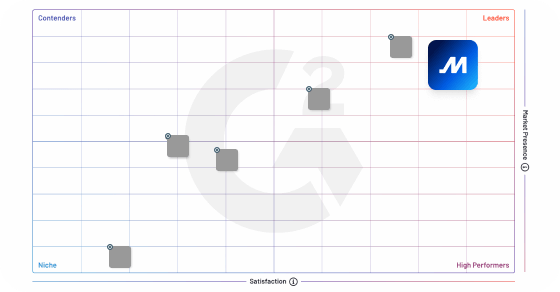An oil derrick, also known as an oil rig or drilling rig, is a towering structure used in the extraction of oil and gas resources from underground reservoirs. It is a key component of oil and gas exploration and production operations.
An oil derrick typically consists of the following components:
– Derrick structure. The derrick is the tall, vertical framework that provides support and stability to the drilling equipment. It is made of steel or other sturdy materials and houses the drilling machinery and hoisting system.
– Drilling equipment. The drilling equipment, including the drill bit, drill string, and drilling mud system, is responsible for penetrating the Earth’s surface and reaching the oil or gas reservoir. The drill bit is rotated, while the drill string carries the bit and extracts the drilled rock cuttings.
– Hoisting system. The hoisting system, comprising the draw works, derrick mast, and crown block, is used to raise and lower the drill string and other heavy equipment during drilling operations.
– Mud circulation system: The mud circulation system pumps drilling mud down the drill string to cool the drill bit, remove rock cuttings, and maintain pressure in the wellbore. It includes mud tanks, pumps, and a mud pit for storing and circulating the drilling fluid.
– Blowout preventer (BOP): The blowout preventer is a critical safety device that controls the well’s pressure and prevents uncontrolled releases of oil or gas. It is located at the wellhead and is activated in case of an emergency or well control situation.
Oil derricks require careful management and maintenance to ensure safe and efficient operations. This is where oil and gas fleet management comes into play. Fleet management involves overseeing the logistics, maintenance, and safety of the vehicles and equipment used in the oil and gas industry, including the derricks.
Efficient management of derricks contributes to the overall success of drilling operations, optimizing productivity, reducing costs, and maintaining a safe working environment for the personnel involved in the extraction of oil and gas resources.
Frequently Asked Questions
What is the difference between a derrick and an oil rig?
A derrick is a vertical tower-like structure used to support drilling equipment on an oil rig. An oil rig, on the other hand, refers to the entire drilling platform that includes the derrick, drilling machinery, and other equipment necessary for oil exploration and extraction. The derrick is just one component of the larger oil rig structure.
What is a derrick of oil?
A derrick of oil is a structure used in the oil drilling industry to support the drilling equipment and operations. It is typically made of steel and consists of a vertical mast, supported by guy wires, and a horizontal boom that extends over the drilling site. The drill string and other equipment are hoisted up and down by a cable system attached to the derrick. The derrick of oil is a crucial element in the oil extraction process.
How much does an oil derrick make?
The amount of money an oil derrick can make varies depending on several factors such as the location of the well, the amount of oil produced, and the current oil prices. On average, an oil derrick can generate roughly $30,000 to $40,000 per day. However, this figure can fluctuate significantly based on the aforementioned factors.
What is an oil drilling rig called?
An oil drilling rig is commonly referred to as a “rig.” It is a large piece of machinery used for drilling deep holes into the Earth’s crust to extract oil and gas. Rigs can range in size and complexity, from small portable devices to massive offshore platforms that can drill in water depths of over 10,000 feet.



